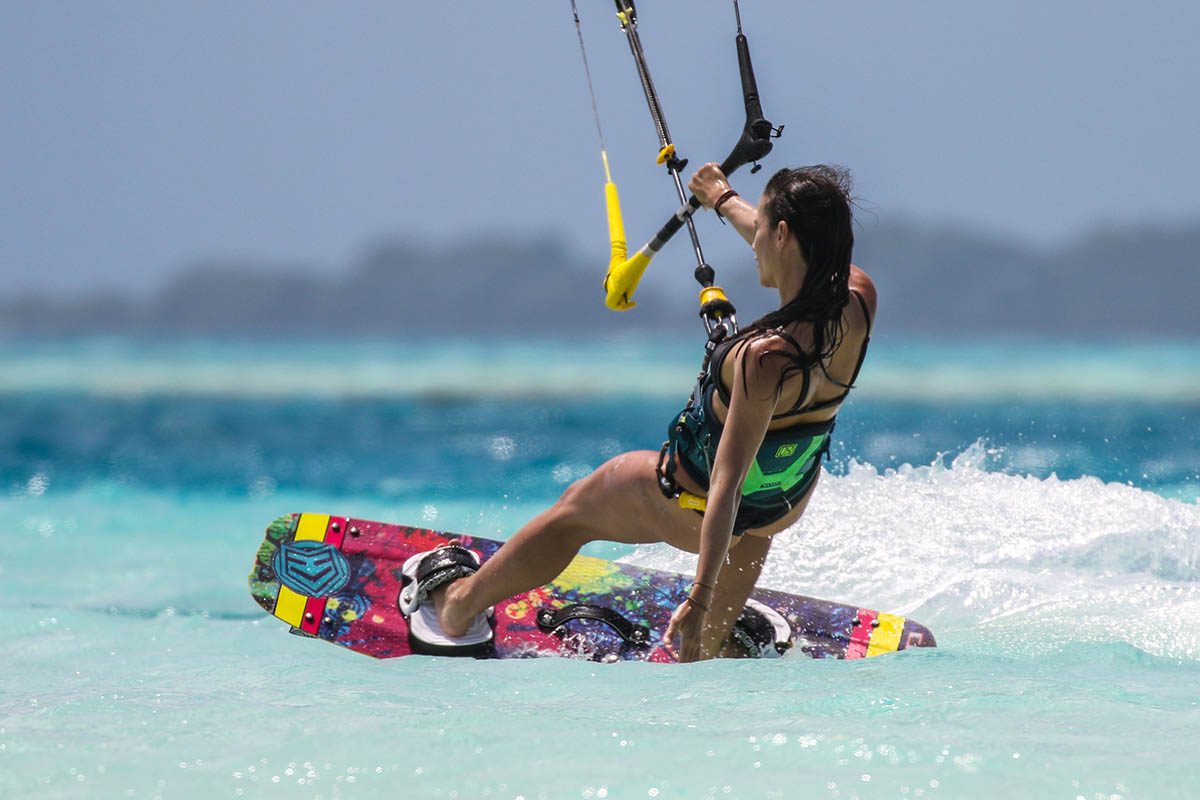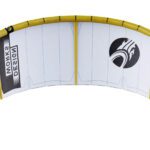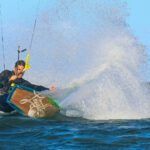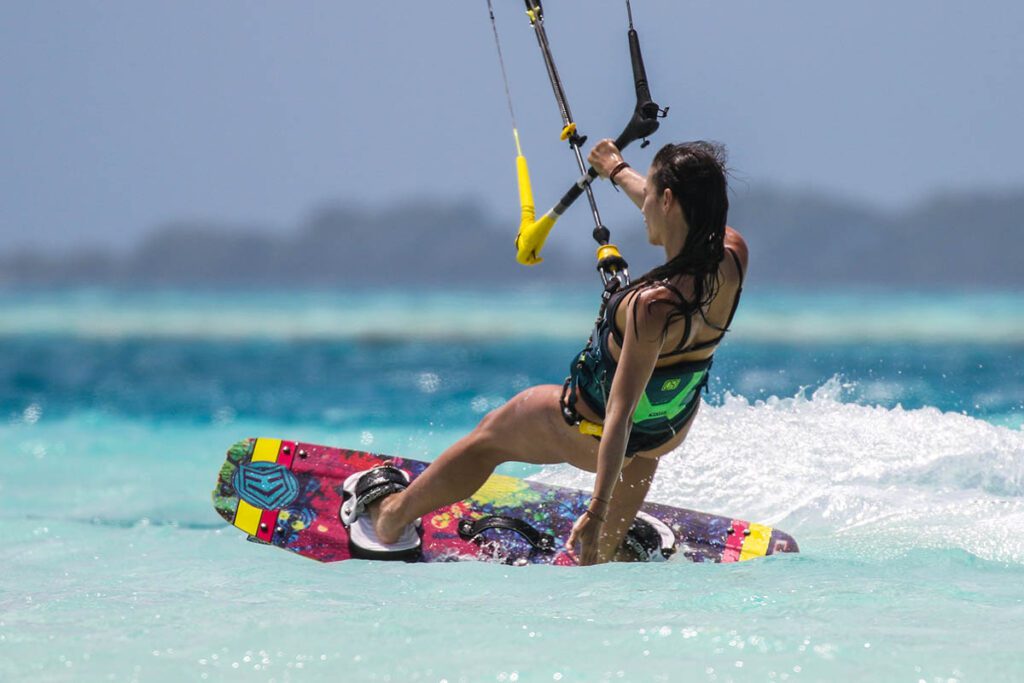
How do I stay safe while kitesurfing in strong winds?
Kitesurfing, also known as kiteboarding, is an exhilarating water sport that combines elements of surfing, wakeboarding, and paragliding. Kitesurfing in strong winds can be challenging and requires proper safety measures to ensure an enjoyable and safe experience. This article will explore tips and techniques to stay safe while kitesurfing in strong winds.
Introduction.
Kitesurfing involves using a large kite to harness the power of the wind and propel oneself across the water. It requires skill, technique, and awareness of the wind conditions to perform maneuvers and jumps. However, kitesurfing in strong winds can pose additional risks and challenges, which makes safety a top priority.
Understanding Strong Winds
Strong winds exceed the average wind speed and can significantly affect kitesurfing conditions. Wind speed is usually measured in knots; a wind speed of 20 knots or above is generally considered strong for kitesurfing. Strong winds can create gusts, turbulence, and unpredictable wind patterns, making controlling the kite and maintaining balance challenging.
Safety Measures.
It is crucial to follow proper safety measures to stay safe while kitesurfing in strong winds. These measures include using appropriate equipment, checking weather conditions, understanding the wind window, maintaining proper body positioning, and knowing emergency procedures.
Proper equipment.
Using the right equipment is essential for safe kitesurfing in strong winds. It is recommended to use a smaller kite size that is suitable for wind conditions. A smaller kite will generate less power and make it easier to control in strong winds. Additionally, using a kite with a reliable safety system, such as a quick-release leash, can provide extra protection in emergencies.
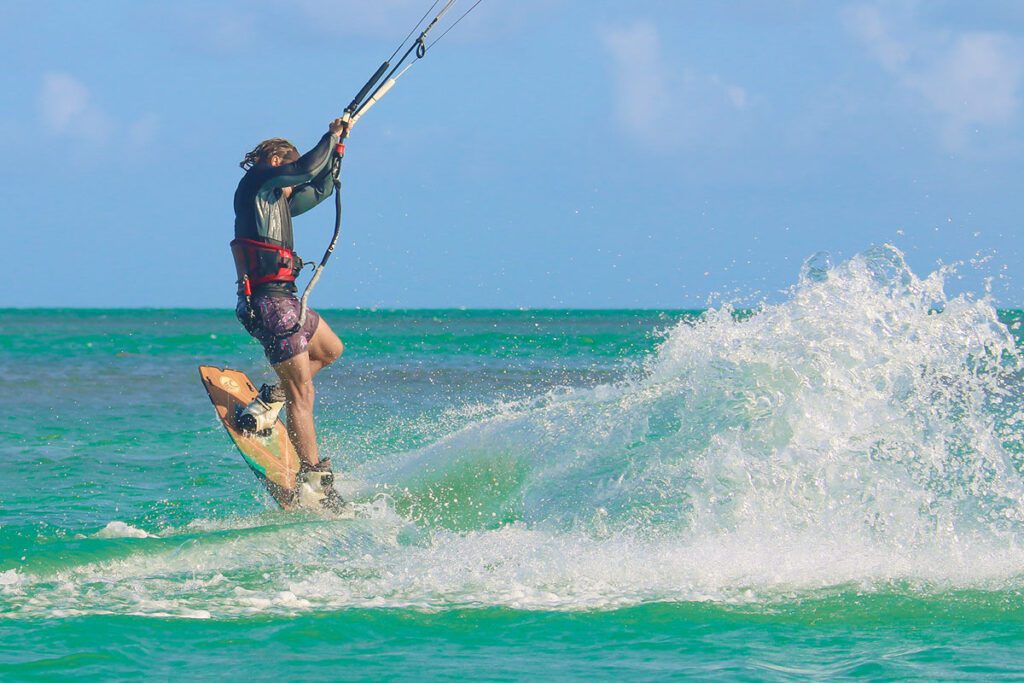
I was checking weather conditions.
Before heading out for kitesurfing in strong winds, it is crucial to check the weather conditions. Keep an eye on the wind forecast, wind direction, and any potential changes in weather patterns. Avoid kitesurfing in stormy or unstable weather conditions, as they pose serious risks.
Understanding wind window.
The wind window is where the kite generates power and allows the rider to control the kite. Understanding the wind window and how it changes in strong winds is crucial for safe kitesurfing. In strong winds, the wind window is smaller and higher, so the rider must be more cautious about the kite’s position and power.
Proper body positioning.
Maintaining proper body positioning while kitesurfing in strong winds is essential for maintaining balance and control. Keep your body low and centered on maintaining stability and avoiding being overpowered by the wind. Keep your arms slightly bent and your eyes on the horizon to anticipate changes in wind conditions. Being aware of your surroundings and avoiding obstacles such as other riders, boats, or buoys is also essential.
Emergency procedures.
Knowing and practicing emergency procedures is crucial for staying safe while kitesurfing in strong winds. This includes learning to release the kite’s power by activating the quick-release leash, self-rescue techniques, and signaling for help if needed. Please familiarize yourself with these procedures and practice them regularly to prepare for unexpected situations.
Techniques for Kitesurfing in Strong Winds.
In addition to safety measures, using appropriate techniques while kitesurfing in strong winds can significantly enhance your safety and enjoyment. Here are some methods to consider:
I am adjusting the kite size.
Choosing the right kite size is critical in solid winds. Using a smaller kite will generate less power and provide better control. Consult with experienced riders or instructors to determine the appropriate kite size and your skill level for the current wind conditions.
We are using appropriate kite control.
Proper kite control is crucial in strong winds to avoid being overpowered or losing control. Mastering the technique of depowering the kite by sheeting out the bar and releasing tension on the lines can help you control the kite’s power and maintain stability.
Body posture and positioning.
Maintaining the correct body posture and positioning is critical to staying safe while kitesurfing in strong winds. Keep your body low and balanced, with your weight centered over the board. Leaning back too much can make you lose control, while counting too far forward can cause you to be overpowered by the kite.
Riding technique.
Adapting your riding technique to strong winds is essential for safe kitesurfing. Ride with shorter and more controlled movements, avoid sudden jerks or aggressive maneuvers, and be mindful of changes in wind conditions. A more conservative riding style can help you maintain control and stability in strong winds.
Risk assessment.
Assessing the risks of kitesurfing in strong winds is crucial for staying safe. Be honest with yourself about your skill level and the current wind conditions. Avoid pushing your limits or attempting maneuvers beyond your ability. Regularly assess the risks involved and make responsible decisions to avoid accidents.
Precautions and Tips.
In addition to the techniques mentioned above, here are some additional precautions and tips to consider for safe kitesurfing in strong winds:
I am avoiding overpowered conditions.
It is essential to avoid kitesurfing in conditions where you feel overpowered by the wind. Being overpowered can make it difficult to control the kite and maintain balance, increasing the risk of accidents. If you struggle to control the kite or feel uncomfortable, it’s best to come ashore and wait for the wind to calm down.
You are not pushing your limits.
Kitesurfing in strong winds requires advanced skills and experience. Avoid pushing your limits or attempting maneuvers that you are not confident in. It’s better to progress gradually and focus on improving your skills rather than taking unnecessary risks.
Regular training and practice.
Regular training and practice are key to improving your skills and staying safe while kitesurfing in strong winds. Take lessons from qualified instructors, and practice kite control, body positioning, and riding techniques in a controlled environment before venturing into challenging conditions.
I am keeping a buddy system.
Kitesurfing in strong winds can be challenging, and it’s always best to have a buddy system. Kite with a partner and watch each other while on the water. In emergencies, having a buddy can provide additional support and assistance.
We are seeking professional guidance.
If you are new to kitesurfing in strong winds, seeking professional guidance is highly recommended. Take lessons from certified instructors who can teach you the proper techniques and safety measures for kitesurfing in challenging conditions. They can also provide valuable advice on choosing the right equipment, understanding wind patterns, and assessing risks.
Conclusion.
Kitesurfing in strong winds can be an exhilarating experience, but it comes with challenges and risks. Following the safety measures, using appropriate techniques, and taking necessary precautions can ensure a safe and enjoyable kitesurfing experience even in strong winds. Remember to prioritize safety over the thrill and never hesitate to seek professional guidance or help.
FAQs.
- Q: Can I kitesurf in strong winds as a beginner?
A: Kitesurfing in solid winds requires advanced skills and experience. Beginners are only recommended to attempt kitesurfing in strong winds with proper training and guidance.
- Q: What kite size should I use in strong winds?
A: A smaller kite size is recommended in strong winds to generate less power and maintain better control. Consult with experienced riders or instructors to determine the appropriate kite size for your skill level and wind conditions.
- Q: What should I do if I feel overpowered by the wind while kitesurfing?
A: If you feel overpowered by the wind while kitesurfing, it’s best to release the kite’s power by activating the quick-release leash and following appropriate self-rescue techniques. Seek professional help if needed.
- Q: How important is it to practice emergency procedures for kitesurfing in strong winds?
A: Practicing emergency procedures is crucial for staying safe while kitesurfing in strong winds. It includes knowing how to release the kite’s power, self-rescue techniques, and signaling for help. Regular practice can ensure preparedness for unexpected situations.
- Q: Is it necessary to have a buddy system while kitesurfing in strong winds?
A: It’s always recommended to have a buddy system while kitesurfing in strong winds. Kite with a partner and watch each other for added safety and emergency assistance.
In conclusion, kitesurfing in solid winds requires proper skills, techniques, and precautions to ensure safety. By following the guidelines and seeking professional guidance; you can enjoy the thrill of kitesurfing while minimizing risks. Stay informed and prepared, and prioritize safety for a memorable and safe kitesurfing experience.
Author
Latest entries
 WatersportsSeptember 16, 2024Cabrinha Moto X: Enjoy the Ride
WatersportsSeptember 16, 2024Cabrinha Moto X: Enjoy the Ride WatersportsMay 19, 2024Cabrinha 2024 Moto XL Review: The Ultimate Lightwind Kite
WatersportsMay 19, 2024Cabrinha 2024 Moto XL Review: The Ultimate Lightwind Kite WatersportsDecember 16, 2023Kiteboarding Travel
WatersportsDecember 16, 2023Kiteboarding Travel WatersportsDecember 14, 2023RED BULL KING OF THE AIR 2023
WatersportsDecember 14, 2023RED BULL KING OF THE AIR 2023
